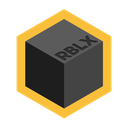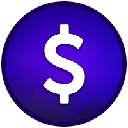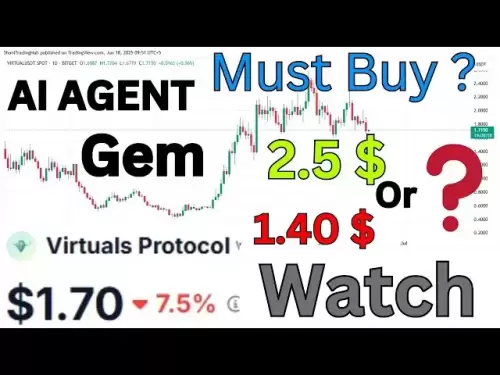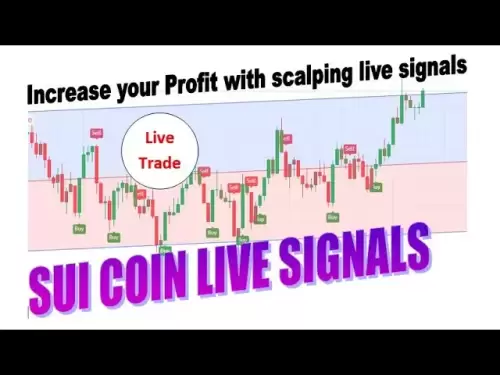-
 Bitcoin
Bitcoin $106,754.6083
1.33% -
 Ethereum
Ethereum $2,625.8249
3.80% -
 Tether USDt
Tether USDt $1.0001
-0.03% -
 XRP
XRP $2.1891
1.67% -
 BNB
BNB $654.5220
0.66% -
 Solana
Solana $156.9428
7.28% -
 USDC
USDC $0.9998
0.00% -
 Dogecoin
Dogecoin $0.1780
1.14% -
 TRON
TRON $0.2706
-0.16% -
 Cardano
Cardano $0.6470
2.77% -
 Hyperliquid
Hyperliquid $44.6467
10.24% -
 Sui
Sui $3.1128
3.86% -
 Bitcoin Cash
Bitcoin Cash $455.7646
3.00% -
 Chainlink
Chainlink $13.6858
4.08% -
 UNUS SED LEO
UNUS SED LEO $9.2682
0.21% -
 Avalanche
Avalanche $19.7433
3.79% -
 Stellar
Stellar $0.2616
1.64% -
 Toncoin
Toncoin $3.0222
2.19% -
 Shiba Inu
Shiba Inu $0.0...01220
1.49% -
 Hedera
Hedera $0.1580
2.75% -
 Litecoin
Litecoin $87.4964
2.29% -
 Polkadot
Polkadot $3.8958
3.05% -
 Ethena USDe
Ethena USDe $1.0000
-0.04% -
 Monero
Monero $317.2263
0.26% -
 Bitget Token
Bitget Token $4.5985
1.68% -
 Dai
Dai $0.9999
0.00% -
 Pepe
Pepe $0.0...01140
2.44% -
 Uniswap
Uniswap $7.6065
5.29% -
 Pi
Pi $0.6042
-2.00% -
 Aave
Aave $289.6343
6.02%
How does Binance participate in staking?
Binance facilitates crypto staking, offering flexible and locked options with varying rewards and risks. Users delegate assets to validators, earning rewards while understanding potential downtime and slashing penalties. Always double-check details before staking.
Mar 12, 2025 at 02:21 pm
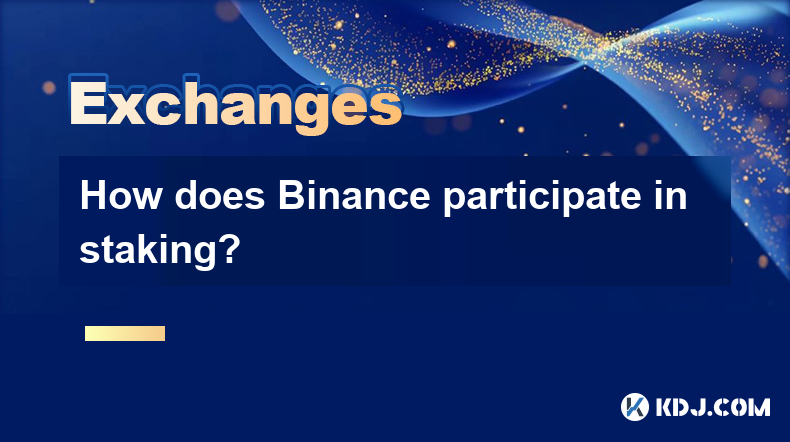
Key Points:
- Binance offers various staking options, catering to different risk tolerances and reward expectations.
- Staking on Binance involves delegating your crypto assets to validators, earning rewards for securing the network.
- Understanding the risks associated with staking, such as validator downtime and slashing penalties, is crucial.
- Binance's flexible and locked staking options provide users with different levels of liquidity and rewards.
- The process of staking on Binance is relatively straightforward, but users should always double-check details.
How Does Binance Participate in Staking?
Binance, one of the world's largest cryptocurrency exchanges, actively participates in the staking ecosystem by providing a platform for users to stake their crypto assets and earn rewards. This participation isn't directly through Binance operating as a validator on every supported blockchain, but rather by facilitating the delegation of user assets to validators. This allows users to benefit from staking without the technical complexities of running a node themselves. Binance's role is essentially to act as an intermediary, connecting users with validators.
Binance offers a range of staking options. These options cater to different user needs and risk profiles. The most prominent categories are flexible staking and locked staking. Flexible staking allows users to withdraw their staked assets at any time, while locked staking requires users to commit their assets for a specified period to earn higher rewards. The length of the lock-up period varies depending on the specific cryptocurrency and staking plan.
Understanding the mechanics of how Binance facilitates staking is key. When you stake your cryptocurrencies through Binance, you're essentially delegating your assets to validators. These validators are responsible for verifying and adding new blocks to the blockchain. In return for securing the network, they are rewarded with newly minted tokens or transaction fees. Binance shares these rewards with its users based on their staked amount and the chosen staking plan.
The rewards structure on Binance's staking platform varies depending on several factors. These factors include the specific cryptocurrency being staked, the chosen staking plan (flexible or locked), and the overall network activity. Reward rates are not fixed and can fluctuate based on market conditions and network demand. Binance generally displays the estimated Annual Percentage Yield (APY) for each staking option. However, it’s crucial to remember that APY is just an estimate, and actual returns may vary.
Before participating in staking on Binance, it is important to understand the risks involved. One significant risk is validator downtime. If the validator you've delegated your assets to experiences downtime, it could affect your rewards. In some blockchain networks, validators can face slashing penalties for misbehavior, such as double-signing blocks. While Binance mitigates some of these risks by carefully selecting validators, it's still essential to be aware of the possibilities.
To participate in staking on Binance, users typically need to follow these steps:
- Create a Binance account: If you don't already have one, register an account on the Binance exchange.
- Deposit your cryptocurrency: Transfer the cryptocurrency you wish to stake into your Binance account.
- Navigate to the staking section: Find the staking section on the Binance platform, usually accessible through the "Finance" or "Earn" tab.
- Select your desired cryptocurrency and staking plan: Choose the cryptocurrency you want to stake and the type of staking plan (flexible or locked) that suits your needs.
- Stake your assets: Confirm the staking amount and follow the instructions to complete the staking process.
Remember to always verify the details before confirming any transactions. Double-check the cryptocurrency, the amount you're staking, and the staking plan you've selected to ensure accuracy. Binance provides detailed information on each staking option, including the expected APY, lock-up period (if applicable), and associated risks.
Common Questions and Answers:
Q: What cryptocurrencies can I stake on Binance?
A: Binance supports a wide range of cryptocurrencies for staking, constantly updating its offerings. Check the Binance website's staking section for the most up-to-date list.
Q: Are there any fees associated with staking on Binance?
A: Binance typically doesn't charge fees for staking itself. However, there might be network fees associated with transferring the cryptocurrency to and from your Binance account.
Q: How often are staking rewards distributed?
A: The frequency of reward distribution varies depending on the cryptocurrency and the staking plan. Some rewards are distributed daily, while others might be distributed weekly or monthly. This information is clearly stated on the platform for each staking option.
Q: What happens if the validator I delegated to is penalized?
A: Binance generally works to mitigate the risk of validator penalties. However, depending on the blockchain's rules and the severity of the penalty, your staking rewards might be reduced or you might experience a loss of a portion of your staked assets.
Q: Can I unstake my assets before the lock-up period ends in locked staking?
A: No, you generally cannot unstake assets before the lock-up period expires in locked staking plans. Attempting to do so may result in forfeiting some or all of your earned rewards.
Q: Is staking on Binance safe?
A: While Binance employs security measures, no platform is entirely risk-free. There are always inherent risks associated with holding and managing cryptocurrencies. Understanding these risks and conducting your own research before staking is crucial.
Q: How do I withdraw my staked assets and rewards?
A: The process for withdrawing staked assets and rewards depends on the staking plan. For flexible staking, you can typically withdraw at any time. For locked staking, you need to wait until the lock-up period expires before withdrawing. Binance provides clear instructions on how to withdraw your assets and rewards once the conditions are met.
Disclaimer:info@kdj.com
The information provided is not trading advice. kdj.com does not assume any responsibility for any investments made based on the information provided in this article. Cryptocurrencies are highly volatile and it is highly recommended that you invest with caution after thorough research!
If you believe that the content used on this website infringes your copyright, please contact us immediately (info@kdj.com) and we will delete it promptly.
- Web3 Idol Audition: WIPA Revolutionizes Popularity Ceremonies
- 2025-06-18 20:25:13
- CoinGecko's Anti-Rug Pull Tool: A Shield Against NFT Scams
- 2025-06-18 20:25:13
- XRP, Prediction Markets, and MRT Token: A New Era for XRPL?
- 2025-06-18 20:45:12
- Bitcoin, NASDAQ, and the Iran-Israel Conflict: A Risky Tango
- 2025-06-18 20:45:12
- Bitcoin, Oil Shock, and Inflation: Navigating the Perfect Storm
- 2025-06-18 21:05:12
- Hit the Jackpot: Your Guide to Crypto Casinos and Big Payouts in 2025
- 2025-06-18 21:25:13
Related knowledge
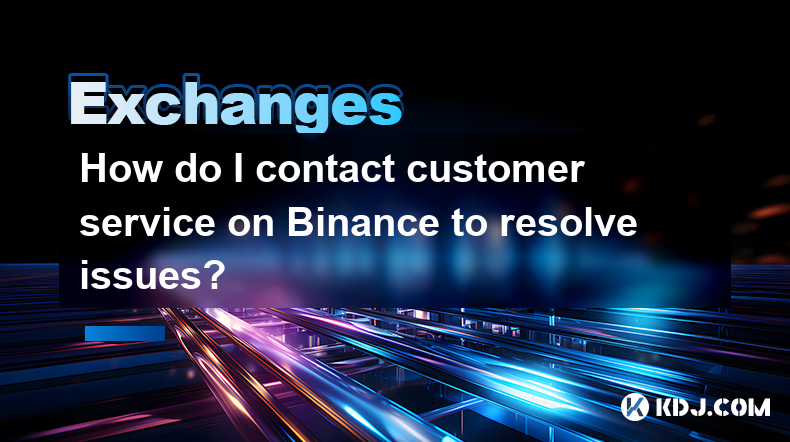
How do I contact customer service on Binance to resolve issues?
Mar 16,2025 at 04:30am
Key Points:Binance's customer service is primarily self-service, relying heavily on its help center and FAQs.Direct contact methods are limited, with email support being the most common route for non-urgent issues.Urgent issues may require using the in-app support system, though response times can vary.Understanding Binance's support structure and utili...
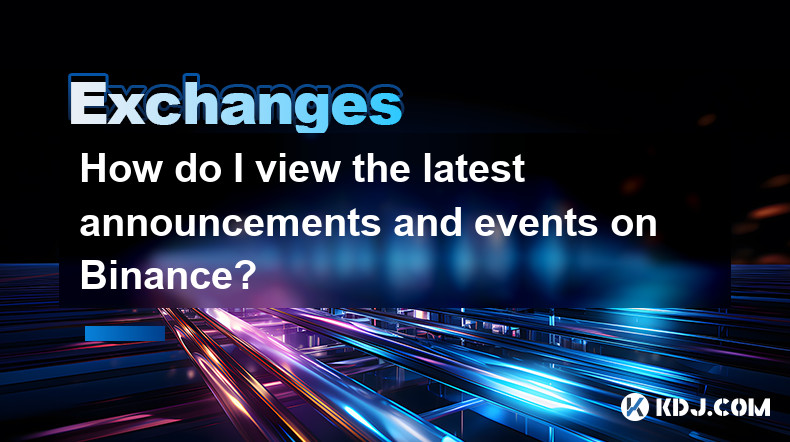
How do I view the latest announcements and events on Binance?
Mar 18,2025 at 10:18pm
Key Points:Binance utilizes multiple channels for disseminating announcements and events.The official Binance website is the primary source.Binance's social media platforms offer timely updates.Email subscriptions keep users informed about relevant announcements.Third-party aggregators can supplement official channels but require caution.How Do I View t...
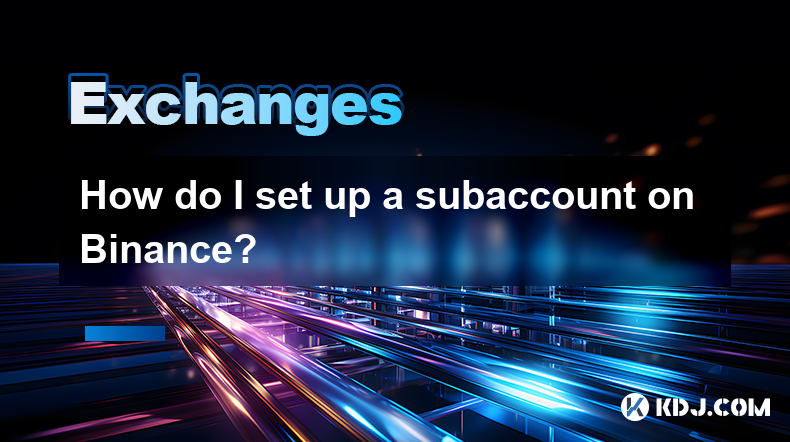
How do I set up a subaccount on Binance?
Mar 14,2025 at 01:50pm
Key Points:Binance does not offer traditional "subaccounts" in the sense of separate accounts with independent logins under a master account.Instead, Binance offers features like user-defined labels for better portfolio management and API keys for automated trading. These provide functionality similar to subaccounts.Setting up these features involves na...
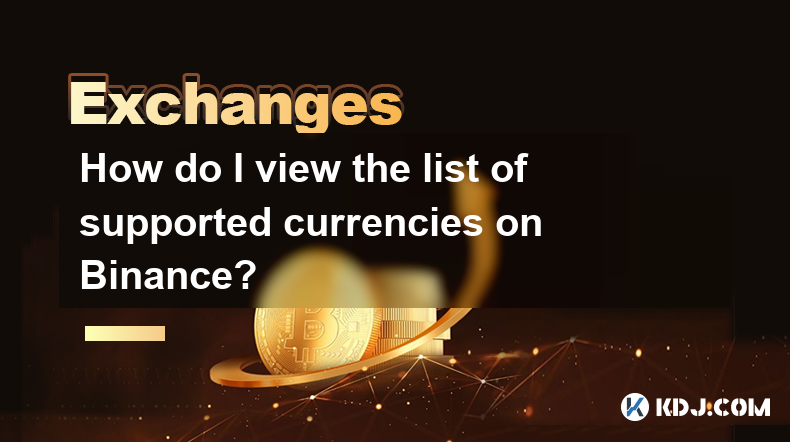
How do I view the list of supported currencies on Binance?
Mar 15,2025 at 05:35am
Key Points:Binance supports a vast and frequently updated list of cryptocurrencies. There's no single, static list.Finding supported currencies requires navigating Binance's website or app interfaces.Different sections of the exchange show different subsets of supported currencies (e.g., trading, staking, etc.).The availability of specific cryptocurrenc...
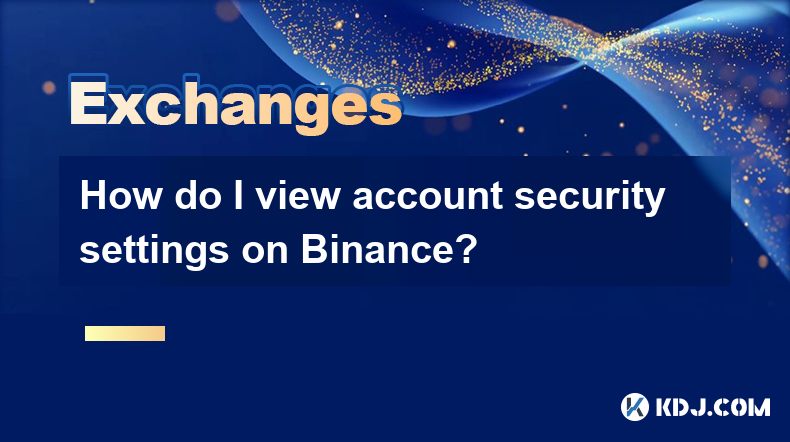
How do I view account security settings on Binance?
Mar 15,2025 at 08:40pm
Key Points:Binance's security settings are spread across multiple sections of your account. This article will guide you through each crucial area.Understanding and implementing these settings is paramount to protecting your cryptocurrency assets.We'll cover two-factor authentication (2FA), withdrawal whitelists, and other essential security features.Reg...
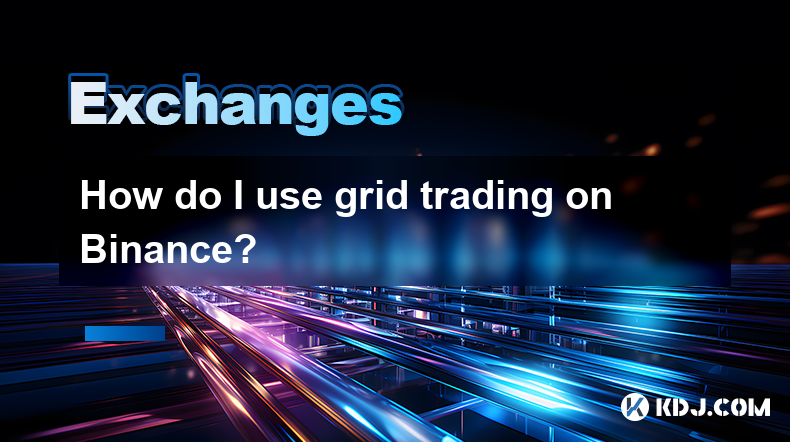
How do I use grid trading on Binance?
Mar 14,2025 at 04:25pm
Key Points:Grid trading on Binance involves automatically buying low and selling high within a defined price range.Binance offers a built-in grid trading bot, simplifying the process.Setting up a grid bot requires defining parameters like price range, grid quantity, and investment amount.Risk management is crucial, as losses are possible despite the aut...

How do I contact customer service on Binance to resolve issues?
Mar 16,2025 at 04:30am
Key Points:Binance's customer service is primarily self-service, relying heavily on its help center and FAQs.Direct contact methods are limited, with email support being the most common route for non-urgent issues.Urgent issues may require using the in-app support system, though response times can vary.Understanding Binance's support structure and utili...

How do I view the latest announcements and events on Binance?
Mar 18,2025 at 10:18pm
Key Points:Binance utilizes multiple channels for disseminating announcements and events.The official Binance website is the primary source.Binance's social media platforms offer timely updates.Email subscriptions keep users informed about relevant announcements.Third-party aggregators can supplement official channels but require caution.How Do I View t...

How do I set up a subaccount on Binance?
Mar 14,2025 at 01:50pm
Key Points:Binance does not offer traditional "subaccounts" in the sense of separate accounts with independent logins under a master account.Instead, Binance offers features like user-defined labels for better portfolio management and API keys for automated trading. These provide functionality similar to subaccounts.Setting up these features involves na...

How do I view the list of supported currencies on Binance?
Mar 15,2025 at 05:35am
Key Points:Binance supports a vast and frequently updated list of cryptocurrencies. There's no single, static list.Finding supported currencies requires navigating Binance's website or app interfaces.Different sections of the exchange show different subsets of supported currencies (e.g., trading, staking, etc.).The availability of specific cryptocurrenc...

How do I view account security settings on Binance?
Mar 15,2025 at 08:40pm
Key Points:Binance's security settings are spread across multiple sections of your account. This article will guide you through each crucial area.Understanding and implementing these settings is paramount to protecting your cryptocurrency assets.We'll cover two-factor authentication (2FA), withdrawal whitelists, and other essential security features.Reg...

How do I use grid trading on Binance?
Mar 14,2025 at 04:25pm
Key Points:Grid trading on Binance involves automatically buying low and selling high within a defined price range.Binance offers a built-in grid trading bot, simplifying the process.Setting up a grid bot requires defining parameters like price range, grid quantity, and investment amount.Risk management is crucial, as losses are possible despite the aut...
See all articles

















